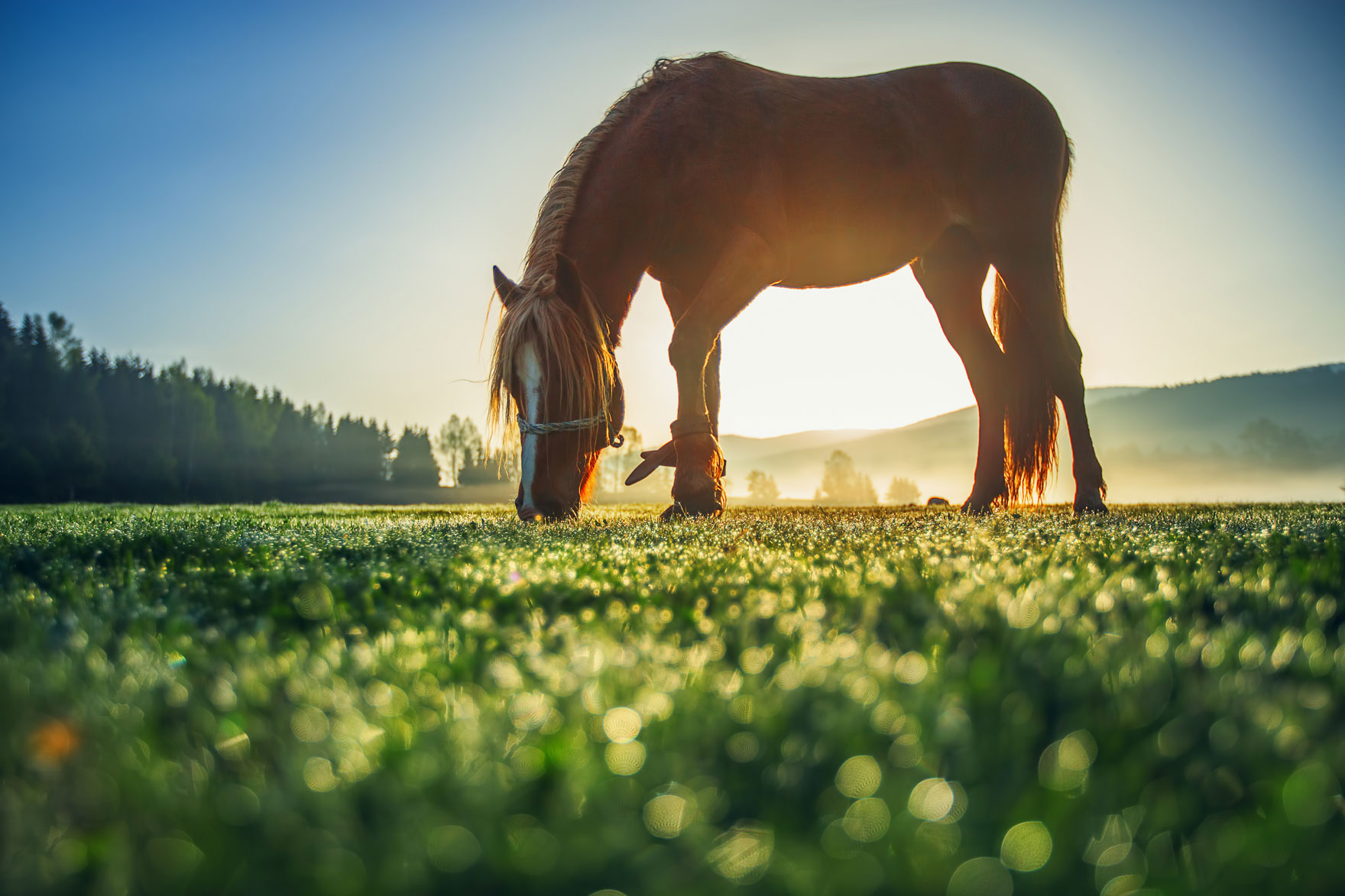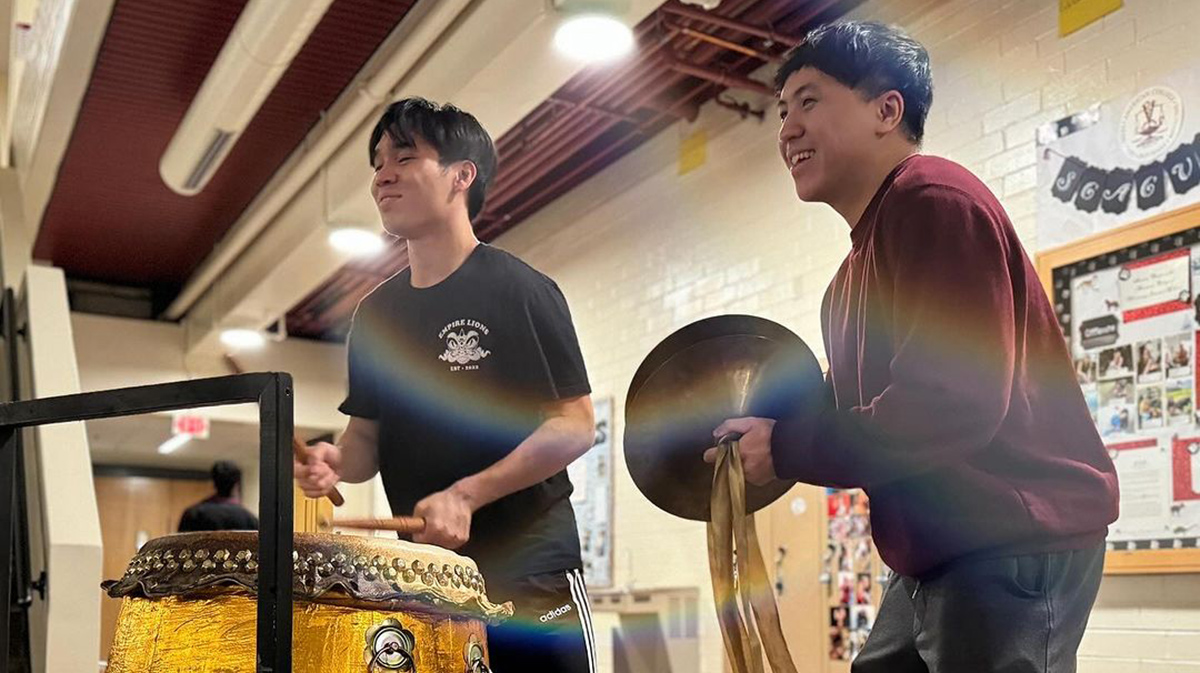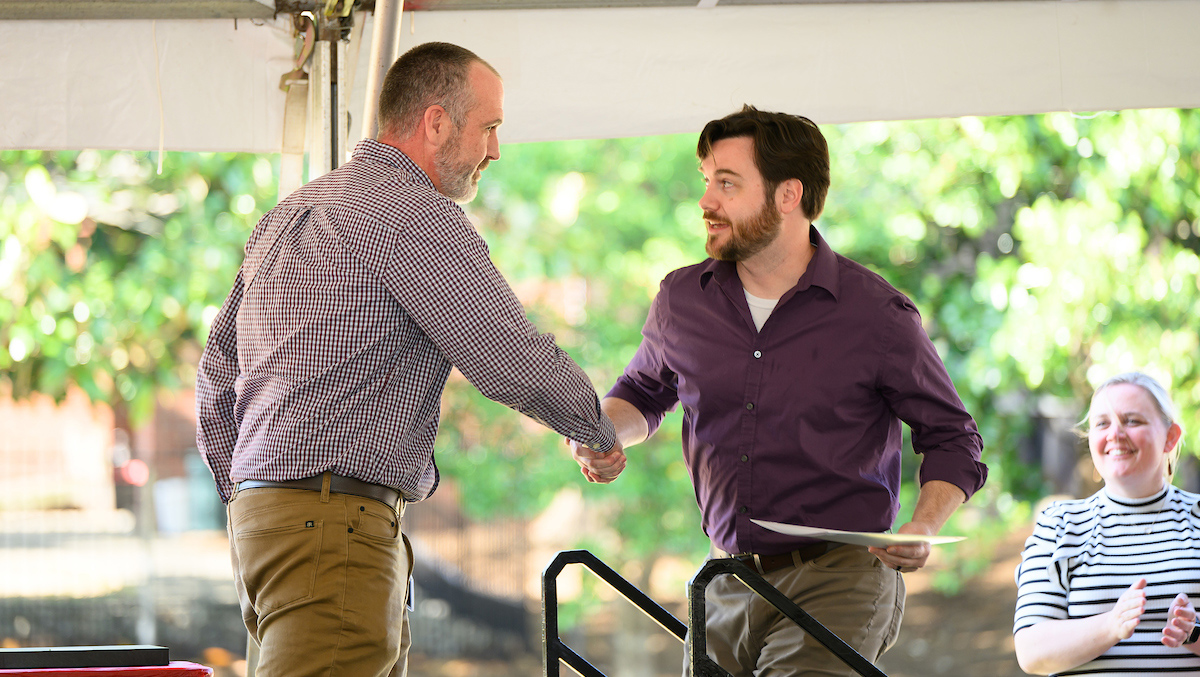Q&A: Cannedy on Diversity, Inclusion and the CVM
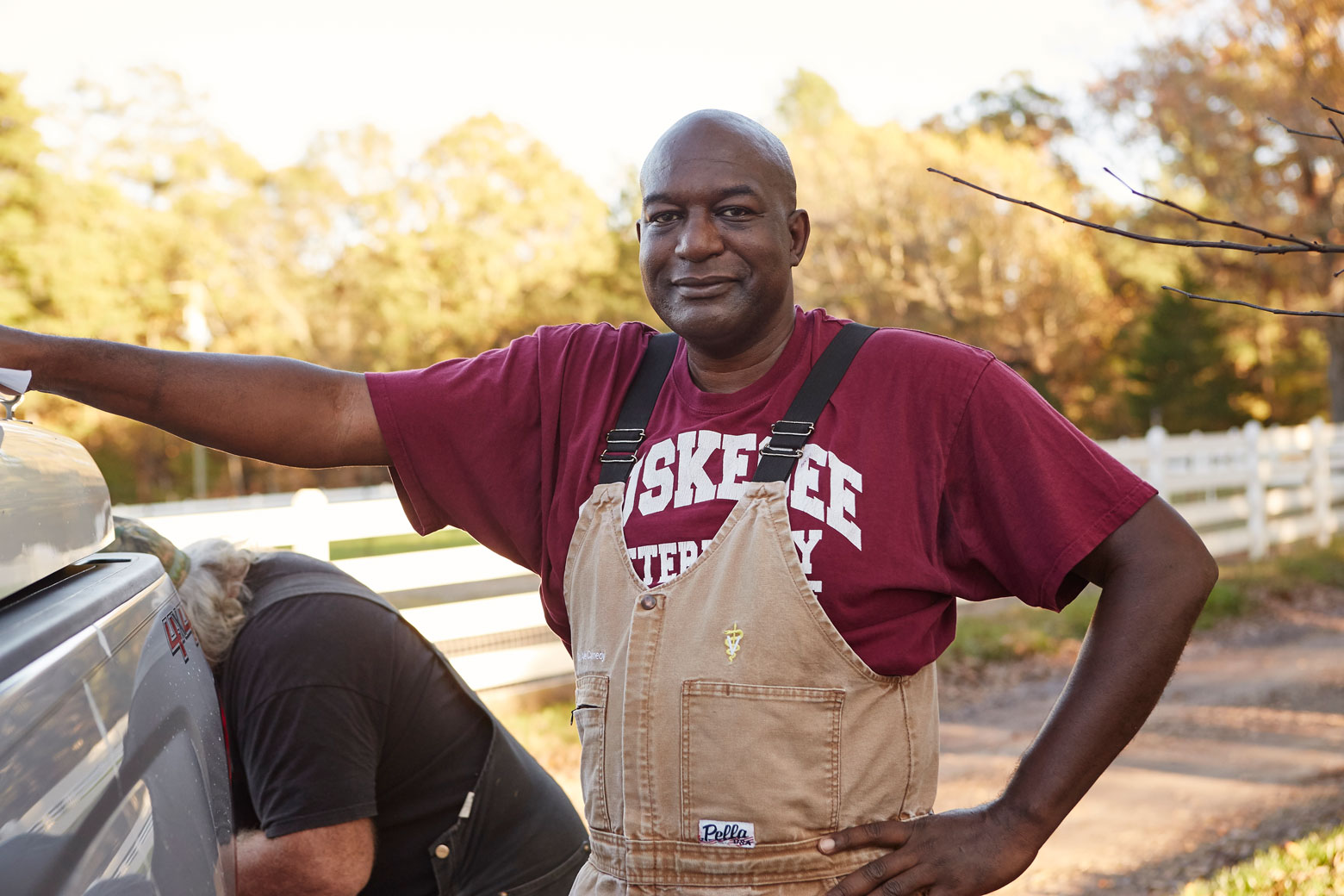
Earlier this month, Allen Cannedy posed a question on a video posted by the NC State College of Veterinary Medicine: What do you see when you see me?
“I could be any of those individuals that we have seen murdered, abused, slain by our society today. Why is it that we are allowing this to happen?” says Cannedy. “Think about what it is that you can do, that we should do, not just as individuals but as a community to address these problems that have been going on for way, way too long.”
As the CVM’s director of diversity and multicultural affairs, Cannedy doesn’t just talk at people — he engages with them. He shows immediate support to the CVM community during the most challenging and upsetting times, but he also seeks a sea change in how we react to such times.
Cannedy is at the forefront of substantive work at the CVM to make sure veterinary medicine reflects diversity of thought, experience and talent. Under his watch, the CVM has been a part of a new DVM admissions program, forged partnerships with other institutions to make veterinary medicine more accessible to minority students, championed veterinary career workshops and has been a steadfast mentor to DVM students underrepresented in veterinary medicine.
But at the heart of what he does is encouraging open minds with an open heart. He asks questions. He listens. He acts.
“Our CVM responses to social issues have been impressive,” says Cannedy. “Most places just avoid having these discussions. I am proud to see our community leading the charge for our campus and taking on these courageous conversations.”
We spoke with Cannedy, a 1994 graduate of the Tuskegee University College of Veterinary Medicine who runs a mobile small ruminant and camelid veterinary practice in addition to his CVM duties, about diversity and inclusion in veterinary medicine, the CVM’s work toward change and his own experience as a veterinary student and professional.
In the CVM’s video statement on diversity and inclusion, you begin by asking, “What is it that you see when you look at me?” It’s a simple but strikingly important question. Why did you choose to focus your message in that way?
Americans have been afraid to talk about race for far too long. Most people will do everything they can to avoid this topic. Therefore, we cannot get past the challenges associated with ignorance about race and race relations. The first thing that anyone should see when they look at me is a tall, dark (and handsome) Black man. Anyone not seeing that is ignoring the reality of my identity.
I love being a Black man. I own this identity and am glad to have been given this gift from my parents. I want the rest of the world to know that being Black is not bad. I am no more of a threat to anyone than their neighbor, cousin or brother. However, if they do not see me for what I am, they will never get to know and appreciate me for who I am.
What has this time been like for you both personally and professionally?
The amount of time that I have had to put into addressing the racial tensions occurring in our society has quadrupled over the past couple of months. We fortunately have had programs, such as town halls, to provide platforms to educate our community here at the CVM so we’re a little ahead of the curve as far as preparation.
However, even with this, it still stinks when it all hits the fan. It is very painful to respond during these situations when you yourself are directly feeling the hurt. I’m most thankful for having a boss and colleagues that are there to share the workload and allow me time to process and heal from these horrific events.
The national conversation about race has grown louder and more amplified over the past few years since we’ve formed the Office of Diversity at the CVM. Fundamentally, what has stayed the same about the conversation and in what ways have you seen it evolve?
Discrimination and racism have been the two main constants since we began our conversation about the challenges keeping us from having a diverse community. We have used different terms to avoid these facts because no one wants to be viewed as racist. Our conversations have evolved to incorporate inclusion.
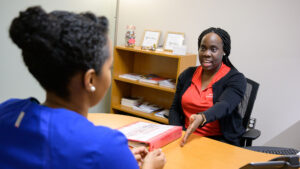
What is it about the CVM’s approach to diversity and inclusion that sets us apart?
Our college dedicated a faculty position for diversity and inclusion. We were also one of the first at the university to establish a faculty committee on diversity and inclusion. I believe that we were the first — and still one of a few — colleges with a stand-alone diversity strategic plan for our college.
North Carolina was for the longest time the only state in the U.S. with a minority veterinary association. Our college has been partnering with the North Carolina Association of Minority Veterinarians to provide mentorship, scholarships, recruitment and admissions. We have a member of the association serving on our DVM admissions committee. Our dedication to diversity and inclusion has increased tremendously over the past few years.
There have been many CVM students of color who have discussed how they didn’t grow up seeing a veterinarian who looked like them in their community. Some have said they’ve felt their race has been a factor in whether they were able to get an internship or volunteer experience within veterinary medicine. How do you work with students who enter the CVM with this kind of history?
I do all that I can to provide support to any student that reaches out to me for help achieving their goals in the veterinary profession. I work closely with the president and executive board of the NCAMV to get students connected with mentors that they identify with for professional learning experiences.
Our students have often expressed that they have felt a very strong personal connection with you. You’ve taken several students to your own farm and have them shadow you on patient calls. There seems to be a very impactful mentorship there. How would you describe the relationships you form with students?
I try to encourage all of our students during orientation to come meet me. For many years they had very limited opportunities to work with a black clinician at our college. Fortunately, this has changed over the past few years. I do my best to show our students that I and others that look like me are very competent professionals that want to help them along their journey to become veterinary professionals.
Hopefully, it shows them and others that our veterinary profession is for people from all backgrounds and cultures.
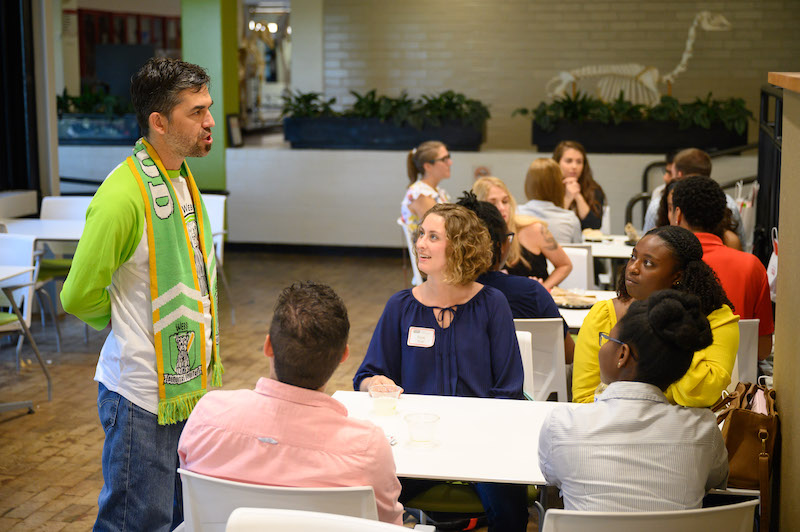
What did you learn from your mentors when you were a veterinary student?
My mentors all showed me that they are competent, confident professionals that love themselves and their careers. My mentors during my veterinary education at Tuskegee University mostly looked like me. They taught me that I could do whatever I wanted in the veterinary profession and more. They helped to make me the professional that I am now.
NC State is committed to fostering a veterinary medicine field that better reflects society. What strides have been made in encouraging diversity in thought and diversity within the veterinary community?
The CVM recently established its values. Doing this has helped us set higher standards to uphold. We now need to hold each other responsible for following our CVM values. The DVM admissions committee created the following vision statement: “The admissions committee envisions an admission process that employs a selection process that is fair and equitable, produces a class that mirrors the diversity of North Carolina, and meets societal needs.”
The following is our admissions committee mission statement: “Our selection process will employ clear, defensible admission procedures, with the goals of ensuring equity in access to education. The process will value prospective students’ diverse experiences and academic preparation. The process will be data-driven and aligned with the overall mission of the CVM.”
These are all important points that will help lead future diversity and inclusion efforts.
In what ways do you hope the CVM community and veterinary medicine continues to grow on issues related to diversity and inclusion?
I hope to see our CVM continue to grow and change with our community needs. I would like to see people living the values that we use to define ourselves. I want to see the day where job positions like mine are no longer needed. I hope that, someday, everyone in our community feels welcome here.
I hope that our future CVM community members will not have to experience the pains of prejudice and racism that we are addressing today.
~Jordan Bartel/NC State Veterinary Medicine
